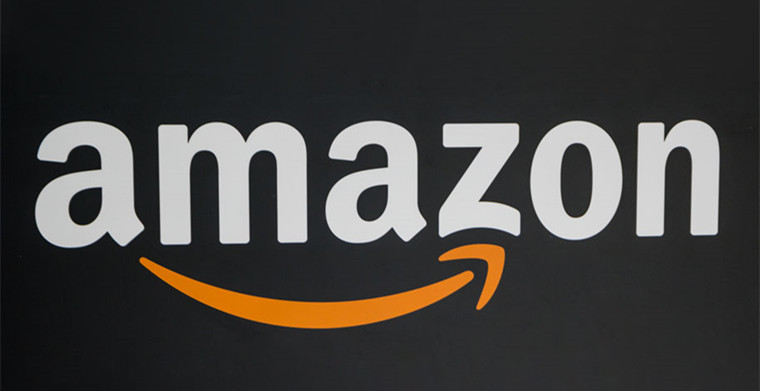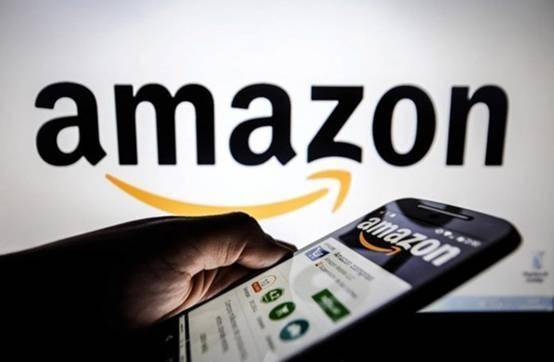The recent U.S. tariff hikes on Chinese imports are already having a significant impact on the upcoming 2025 Amazon Prime Day, forcing many sellers to reconsider their participation strategies — a shift that could bring notable changes to this annual shopping event.

Seller Dilemma: Promotional Pullback Under Tariff Pressure
For many Amazon sellers, especially small and medium-sized businesses that rely heavily on Chinese-manufactured goods, the newly imposed tariffs have introduced substantial cost pressures. In some cases, import duties have surged as high as 145%, making deep discounts financially unsustainable.
According to my analysis of industry reports, a growing number of sellers have openly stated that they are considering skipping this year’s Prime Day altogether or holding onto inventory in hopes of selling at full price later — rather than taking losses or passing inflated costs to consumers.(Sources: pymnts.com, axios.com, techcrunch.com)
For example, Steve Green, a seller who imports bicycles and skateboards, said the new tariffs make participating in Prime Day “unaffordable.” Similarly, MedCline CEO Rick Sliter noted that, under current conditions, offering meaningful discounts is simply not feasible. These real-world cases highlight how tariffs are directly influencing sellers’ decisions.
Potential Ripple Effects on Prime Day 2025
Amazon Prime Day has historically been a sales juggernaut. Last year, over 200 million items were sold during the event, with more than 60% of sales coming from small and medium-sized businesses.(Source: techcrunch.com)
However, as tariffs drive up the cost of imported goods, this year’s Prime Day faces risks of reduced discounts and thinner product selection.(Sources: cnet.com, komonews.com)
Consumers may notice fewer deep discounts, especially in categories like electronics and other tariff-affected imports. In some cases, prices may even rise — a shift that could dampen shopping enthusiasm and alter expectations for the event.(Source: cnet.com)

Political Tensions and Corporate Pushback
Reports suggest that Amazon had considered displaying tariff costs alongside product prices on its site, to show how duties are affecting retail prices. This move quickly drew backlash from the White House. Press Secretary Karoline Leavitt condemned the potential action, calling it a “hostile and political move” by Amazon aimed at undermining the administration’s trade policies.(Sources: axios.com, techcrunch.com, cnet.com)
Meanwhile, other major retailers — including Walmart, Target, and Home Depot — have also warned the government of the broader risks posed by tariffs, such as rising consumer prices, supply chain complications, and product shortages.(Source: axios.com)
Supply Chain Shifts and Strategic Trade-offs
In response to the tariff pressure, some sellers are exploring relocating production to countries with lower duty rates. However, most won’t be able to implement such changes in time for Prime Day 2025. As a result, they face a tough choice: raise prices or absorb the increased costs — both of which are unfavorable in a highly competitive retail environment.(Source: axios.com)
The uncertainty has led some sellers to stockpile inventory, reroute supply chains, and hesitate to commit to Prime Day promotions, further clouding the outlook for this year’s event.(Sources: axios.com, pymnts.com)
Conclusion: Outlook for Prime Day Under the Shadow of Tariffs
In short, the Prime Day fallout stemming from tariff issues that are prompting Amazon sellers to withdraw promotions is a growing trend that cannot be ignored. Unless these tariff challenges are resolved or sellers find alternative ways to ease cost burdens, Prime Day 2025 could see lower seller participation, weaker promotions, and rising prices — marking a sharp departure from the deep-discount bonanza of previous years.
Both consumers and small businesses will be closely watching how trade tensions and related policies evolve, as these directly impact their wallets and livelihoods.




